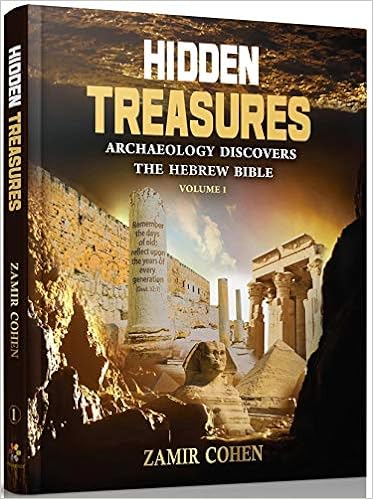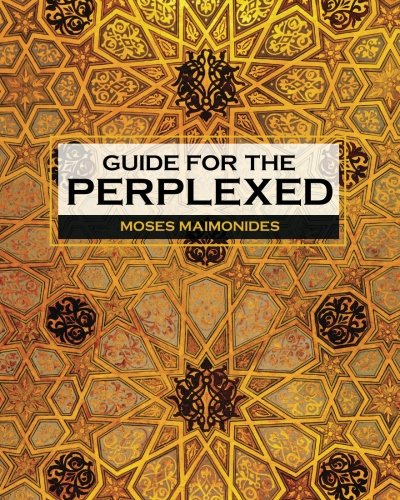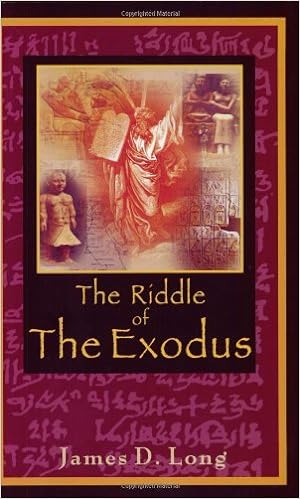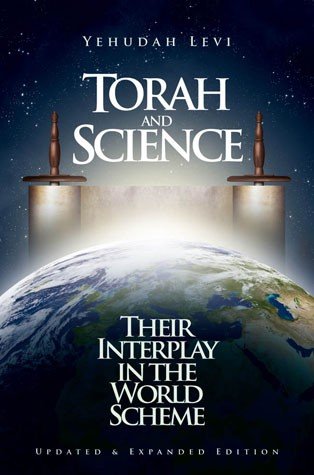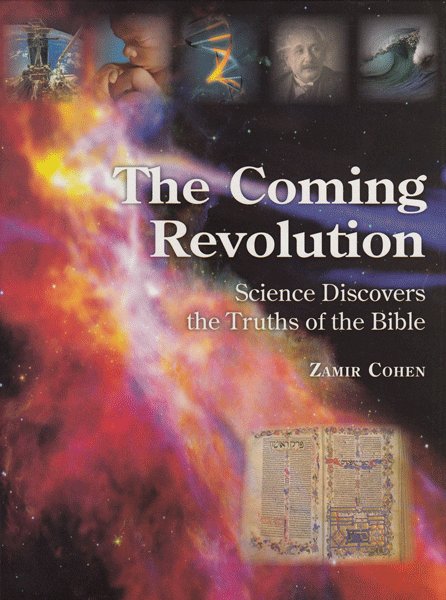I think we have invoices and
Torath Mosheh sources do not claim that the Yam Suf was what you stated. Further, the Torah states that the winds had stopped during the crossing of the region described as Yam Suf and that the water was frozen in place.
View attachment 66034
View attachment 66029
View attachment 66030
There are Torath Mosheh sources that state that what was crossed was a land bridge that was once under water during the period but is exposed now due to the changes made to the Suez Canal.
The location of Yam Suf is mentioned in Torath Mosheh sources.
View attachment 66031
Also, note what Rashi and Ibn Ezra state on the matter.
View attachment 66032
View attachment 66033
Neither the written or oral Torah of Torath Moshe Israelis/Jews claims that there were volcanos in Sinai or that there were volcanic sulfuric fumes coming from any mountain in the Sinai, further there is no Torath Mosheh Israeli/Jewish claim of any event in the Indus: Taftan area.
Torath Mosheh Israeli/Jewish sources do not claim that the Gulf of Aqaba is a Yam Suf. It could be that you are referencing the legends of a different group of people than the ancestors of us Torath Mosheh Israelis/Jews which were the Ivrim, Banei Yisrael, and Qahal Hashem. Maybe you had spoken to some older member of the Bombay Jewish community that mixed up a few terms here and there.
I hope that helps.
Hello Ever (if I can call you so).
Thanks for your kind reply.
I do not know Hebrew. So, I have looked up the Hebrew words at Bible Hub and Net Bible sites. I admit that my knowledge is wanting. I am happy to be guided.
I accept your view that the Bible may not say what I have assumed it to say. I am happy to look at alternative understandings. The way forward, I suggest, is for you to state what, in your view, the Bible does say and where, in your view, that event is geographically located. Then I will examine whether the alternative interpretation can be located better in West Asia or the Indus Valley. I am not responding to your points about what the Hebrew text says where you have not given the English translations. Please bear with this my limitation.
Bharat Jhunjhunwala said:
↑
1] Four rivers not known in West Asia. Indus: We have 4 rivers emerging from Pushkar in India. This place is believed to be the seat of creation in the Hindu beliefs.
The Hebrew text of the Torah never claims that the rivers it mentions are in what is "modernly" known by the names it mentions. In reality, there are a number of Oral Torah texts that say that the geography of that time was completely different than it is now, and has been for some time, something more akin to the concept of Pangea.
BJR (Response): If we consider Adam c. 4000 BCE and Noah c. 3000 BCE then the alleged changes would have left a geological imprint. But I am happy to look at these Oral Texts. Please give links.
Bharat Jhunjhunwala said:
↑
2] No Flood of 150 days in West Asia. Waters of Mesopotamia drain out soon. Indus: The city of Jalore (“city of water”) is located in a bowl-like geological structure where rain water stays put.
The word in Hebrew (מבול) “Mabul” doesn’t mean, on its own, flood. It also carries the meaning of destruction, decay. A better English approximation would be the term "Mass Extinction Event." The Hebrew text used several other words to describe what was taking place and a number of Jewish sources state that something to the level of either a comet, asteroid, shift in earth axis, splitting of Pangea Earth level of events. There is also the issue that there are two different distinctions of time used in the Torah a) time that is spread out over large units of time akin to the concept of galactic time and b) time relative to humans.
BJR: The geological changes you mention took place millions or even billions years ago. The Torah speaks of Adam as a human being. That has to vbe <160 kya.
Bharat Jhunjhunwala said:
↑
3] No tower. Ziggurats are not towers since width > height. Indus: Temple towers of Anuppur.
The Hebrew text of the Torah never claims that there was a Ziggurat that was “width < height.” It is instead, along with the Oral Torah, claims that there was a group of societies that united in building a culture that had a common them. Pyramid and Ziggurat structures being one of the hall marks of them, but the ancient Hebrew word (מגדל) can mean any structure that is even minutely tall or wide or just big, in scope or in purpose. That is why the Hebrew text states they built (עיר) and (מגדל) and not just a (מגדל). You also notice that, as I marked below, in both cases the (עיר) is mentioned first.
BJR: Gen 11:4: Then they said, “Come, let’s build ourselves a city and a tower with its top in the heavens. The word for tower here is migdal <
04026> means in In NET: “tower 19, towers 13, Tower 11, watchtower 3, towering platform 1, fortified towers 1.” In AV: “tower 47, castles 1, flowers 1, pulpit 1.” I am happy to understand this in more detail from you.
Bharat Jhunjhunwala said:
↑
4] No land between two rivers that was bequeathed to Abraham. Indus: The two rivers Ghaggar and Yamuna enclose a fertile area.
According to the Hebrew text of the Torah, the land that is spoken of in the text is what today is known as (ארץ ישראל). Further to this point, some of the regions that it encompassed were known to the Egyptians and even to later inhabitants of the Syrian/Iraqi regions.
BJR: The point is where was this land between 2 rivers located? Please give your suggestion.
Bharat Jhunjhunwala said:
↑
5] No natural equivalent of the separation of waters of Yam Suf 1. Bitter Lakes would not be crossable in winds of 100 mph+, and they are located ON the short route to Israel. Indus: A mud volcano may have arrested the waters of Indus River and allowed the Hebrews to cross on land.
Torath Mosheh sources do not claim that the Yam Suf was what you stated. Further, the Torah states that the winds had stopped during the crossing of the region described as Yam Suf and that the water was frozen in place. There are Torath Mosheh sources that state that what was crossed was a land bridge that was once under water during the period but is exposed now due to the changes made to the Suez Canal.
BJR: The isthmus of Suez does not match because no drowning would take place.
Bharat Jhunjhunwala said:
↑
6] There is no suggestion for the location of Yam Suf 2 (Gen. 33:10). Indus: Hmun-e-Mashkel lies dot on the route.
The location of Yam Suf is mentioned in Torath Mosheh sources. Also, note what Rashi and Ibn Ezra state on the matter.
BJR: Please provide English translations. Thanks.
Bharat Jhunjhunwala said:
↑
4]7] No volcano in Sinai. Indus: Taftan. It is a live volcano emitting sulfuric fumes even today.
Neither the written or oral Torah of Torath Moshe Israelis/Jews claims that there were volcanos in Sinai or that there were volcanic sulfuric fumes coming from any mountain in the Sinai, further there is no Torath Mosheh Israeli/Jewish claim of any event in the Indus: Taftan area.
BJR: Ex 19:18+:
19:16 On
29 the third day in the morning there was thunder and lightning and a dense
30 cloud on the mountain, and the sound of a very loud
31 horn;
32 all the people who were in the camp trembled.
19:17 Moses brought the people out of the camp to meet God, and they took their place at the foot of the mountain.
19:18 Now Mount Sinai was completely covered with smoke because the Lord had descended on it in fire, and its smoke went up like the smoke of a great furnace,
33 and the whole mountain shook
34 violently.
19:19 When the sound of the horn grew louder and louder,
35 Moses was speaking
36 and God was answering him with a voice.
37
Please suggest what this means and where located.
Bharat Jhunjhunwala said:
↑
8] Yam Suf 3 is supposed to be Gulf of Aqaba. But no reason is forthcoming as to why Hebrews would go south to Aqaba. Indus: Shatt al-Arab.
Torath Mosheh Israeli/Jewish sources do not claim that the Gulf of Aqaba is a Yam Suf. It could be that you are referencing the legends of a different group of people than the ancestors of us Torath Mosheh Israelis/Jews which were the Ivrim, Banei Yisrael, and Qahal Hashem.
BJR: I am posting the pic regarding aquaba separately.
Ever, I really appreciate your input. Please do provide the references to the oral traditions you mention. Let us take this forward. Please rest assured I am willing to change my position if I can access the relevant evidences. Thanks.


